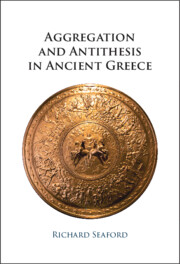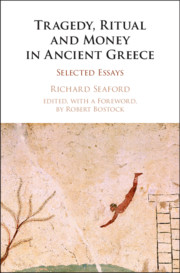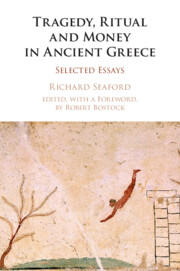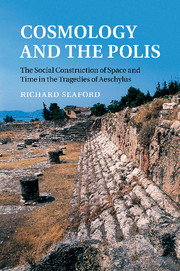Aggregation and Antithesis in Ancient Greece
What is the relationship between forms of thought in literature, philosophy and visual art in ancient Greece, and how are these forms related to their socio-political and economic context? This is the question raised by Richard Seaford in his final book. His answer is framed in terms of the relationship between aggregation and antithesis. In Greece between the eight and fourth centuries BCE, Seaford traces a progressive and complex shift from aggregation to antithesis in literature, philosophy and visual art, and correlates this with the shift from a pre-monetary and pre-polis society to a monetised polis. In the Platonic metaphysics of being, he identifies a further move, the negation of antithesis, which he links with the non-circulating possession of money. In this characteristically ambitious and challenging study, Richard Seaford extends his socio-economic analysis of Greek culture to visual art and includes contrasts with Near Eastern society and art.
- Provides a new analytic framework for correlating ancient Greek literature, thought and visual art
- Offers an analysis of the relationship between forms of thought in ancient Greek culture and their socio-economic basis
- Incorporates reference to Near Eastern culture
Product details
July 2025Hardback
9781009517577
256 pages
229 × 152 mm
20 colour illus.
Not yet published - available from July 2025
Table of Contents
- 1. Defining terms
- 2. Homer
- 3. Opposites in Ionian Cosmology
- 4. Opposites in the cosmology of Magna Graecia
- 5. Visual art from the Near East to Greece
- 6. The fifth-century unity of opposites: historiography, tragedy and vase painting
- 7. Plato.






